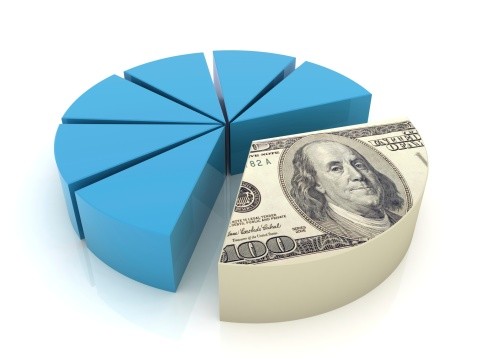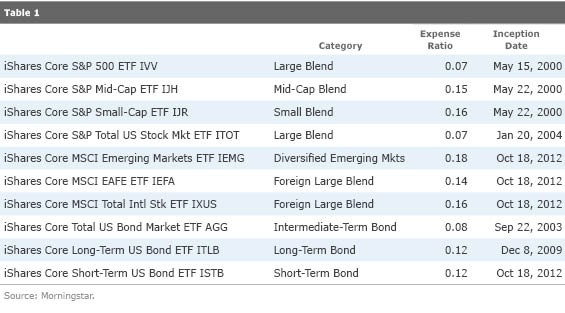How to build a portfolio just of ETFs
Post on: 20 Апрель, 2015 No Comment

Devotees of exchange-traded funds are starting to exhibit symptoms of cult-like behaviour, sort of like Apple product enthusiasts.
Devotees of exchange-traded funds are starting to exhibit symptoms of cult-like behaviour, sort of like Apple product enthusiasts.
Whatever the question, ETFs are the answer, according to members of this group.
A year ago, U.S. markets alone listed just over 200 of these funds, which act like a hybrid between a stock and a mutual fund. Now there are more than 340, with about 300 more planned for trading in 2007 or 2008.
The Toronto Stock Exchange, which developed the first exchange-traded fund in 1990 based on the Toronto 35 index, added 11 more ETFs last year to the 22 it had at the beginning of 2006.
The attraction is real. ETFs track indexes, so they tend to have lower costs than mutual funds. Because they invest passively by tracking indexes rather than by placing bets on individual stocks they can also result in lower taxes than actively managed funds.
They trade all day long, like stocks, so you can choose the price at which you want to buy or sell your shares, just as you might when trading a stock.
New management techniques and clever approaches to creating the indexes they track mean that you can find ETFs that embrace particular styles of investing, or narrow slices of the world’s securities markets.

For example, you can find ETFs that specialize in everything from Swedish krona to gold to initial public offerings. That’s in addition to the biggest, broadest ETFs that aim for total stock market tracking.
It’s no wonder that investors and their advisers are starting to wonder whether they should just create all-ETF portfolios and not worry about the myriad of other investment products available.
That may make sense, but only in certain circumstances. The one disadvantage to ETFs is this: you must pay a transaction fee to your broker every time you buy or sell one.
Because of price wars in the brokerage industry, those commissions have gotten so low as to be almost negligible, but not if you have to pay them weekly. So, an all-ETF portfolio isn’t a logical choice for money you’re investing regularly, such as contributions to a registered retirement savings plan.
But if you have a separate pot of money, say from an inheritance or a rollover RRSP account, that might be a place to test your all-ETF plan.














